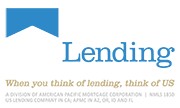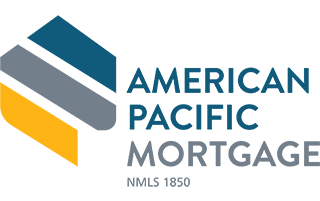Home Loan Refinance Professionals
Home Loan Refinance Professionals
Best Home Loan Refinancing in Northern California
California Home Loan Refinance Experts
California homeowners aren’t always happy with the terms of their current mortgage, especially if they took it out at a time when their financial background resulted in unfavorable terms. Fortunately, refinancing can be an option. Refinancing a home loan can help reduce the interest rate, can reduce your monthly mortgage payment, can allow the homeowner to pay off their mortgage quicker, or can even provide extra cash to invest in renovations.
However, it’s vital that homeowners who are considering refinancing their mortgage speak with a home loan refinance specialist. Not every homeowner may be eligible to refinance their mortgage–and even if they are, it’s not always beneficial. One of our home loan refinance specialists can help you determine the best course of action.
What is a Refinance Loan?
A refinance loan is essentially a second home mortgage taken out by a homeowner. This second mortgage will typically have different terms than the first mortgage. It will be used to pay off the first mortgage so that the homeowner is only responsible for paying off the second mortgage.
Homeowners often apply for a refinance loan if a second mortgage loan is available at better terms (such as a lower interest rate, a fixed interest rate, a shorter loan term that allows them to pay off their mortgage quicker, or a longer loan term to reduce their monthly mortgage payments).
Homeowners considering a refinance loan should be sure to speak to a specialist about their options and their needs before applying for a refinance loan.
Refinance Rates in California
The interest rates* on a refinance loan will vary based on how long the loan’s term is, the borrower’s financial status and history, the amount of the loan, and the current market.
Homeowners may be able to refinance for a lower fixed interest rate than their original loan depending on the market conditions; however, even if there isn’t a great difference in current rates, homeowners who have improved their financial status and credit score significantly may qualify for lower interest rates.
How Much Equity is Needed to get a Refinance Loan?
Generally speaking, it’s good to have at least 20 percent in equity* before attempting to refinance a conventional mortgage. However, this is not a rule. Having 20 percent in equity* means that if the homeowner takes out a refinance loan, they won’t have to pay for mortgage insurance. If the homeowner is willing to pay for mortgage insurance, they will need to have at least 5 percent equity to refinance.
It’s worth noting that homeowners looking to refinance their loans to take cash out (which can be used for anything from renovating their home to paying off other debts) will need to be at around 80 percent loan-to-value.
It’s worth noting that equity isn’t necessarily required to refinance certain loans, such as FHA loans and VA loans.*
*Please contact the lender for more information and details.
Refinance Programs with Government Assistance in California
The Home Affordable Refinance Program (HARP) is a refinance program created specifically for homeowners in California whose homes are upside down/underwater in value or whose loan-to-value rate is over 80 percent.*
The program is meant to assist California homeowners who have remained current on their mortgage payments but who have not been able to refinance into better terms as a result of declining home values.
Main Loan Options
For loan examples and more information visit our disclosure page at https://uslendingcompany.com/disclosures/





